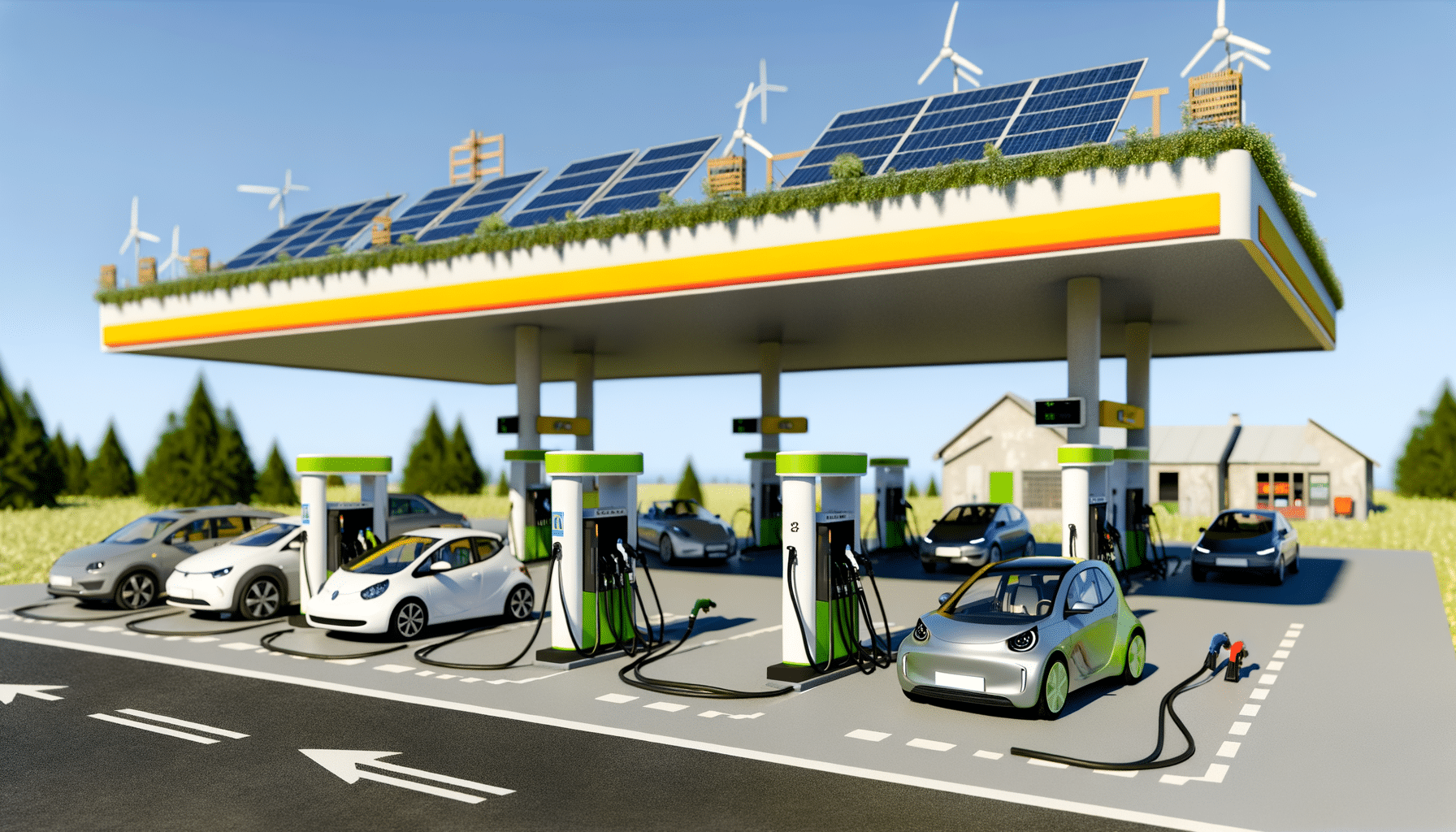
Shell, the multinational oil giant, is shifting its focus towards renewable energy and electric vehicle (EV) charging infrastructure. The company plans to sell off 1,000 of its retail gas stations to invest in EV charging stations, responding to evolving customer demands. This divestment represents a small fraction of its global operations but signals a significant strategic pivot.
As part of its Energy Transition Strategy, Shell aims to expand its EV charging network from 54,000 public charge points in 2023 to 70,000 by 2025 and 200,000 by 2030. This move follows the company’s success with a large EV charging station in Shenzen, China, which serves thousands of EV drivers daily. Shell also recently acquired the charging company Volta to bolster its presence in the U.S., where it currently operates over 3,000 charge points, with more than 3,400 in development.
Shell’s report acknowledges the anticipated slowdown in oil demand and the rise of EVs, expecting up to 275 million electric vehicles on the road by 2030. The company also maintains interest in hydrogen technology as a long-term solution when it becomes cost-competitive. This transition comes amid a wider industry pushback against the Biden administration’s regulations promoting EVs, with some trade groups opposing the move away from gas-powered vehicles. Shell’s strategy, however, aligns with the broader recognition of the need for a robust EV charging infrastructure to support the shift towards electrification and address climate change concerns.
Key Takeaways:
- Shell is shifting its focus to renewable energy and electric vehicle charging by planning to divest 1,000 gas stations to reallocate resources towards EV infrastructure.
- The company has set a target to increase its global network of public EV charging points to 70,000 by 2025 and 200,000 by 2030, reflecting its commitment to the growing EV market.
- Despite the oil industry’s resistance, Shell is adapting to market forecasts predicting a surge in electric vehicle sales and the corresponding need for an expanded charging infrastructure.
“”We believe growth in oil demand is set to slow in the second half of this decade and could start falling in the 2030s because of increasing vehicle efficiency and growth in electric vehicles,” the company said in the report.”
More details: here
